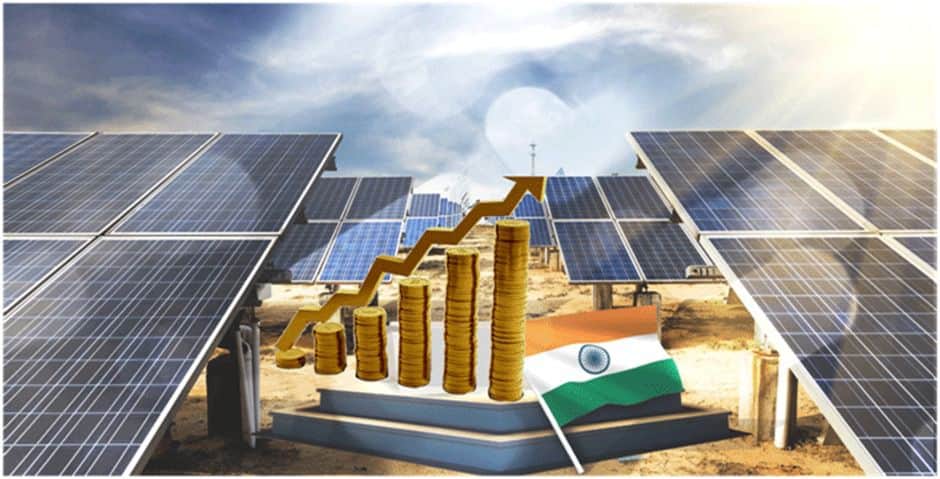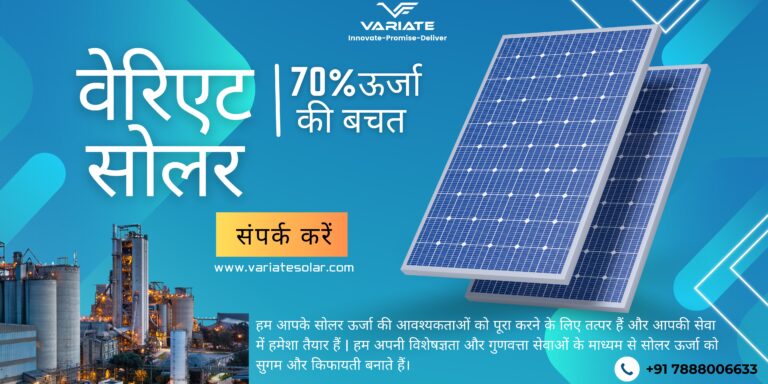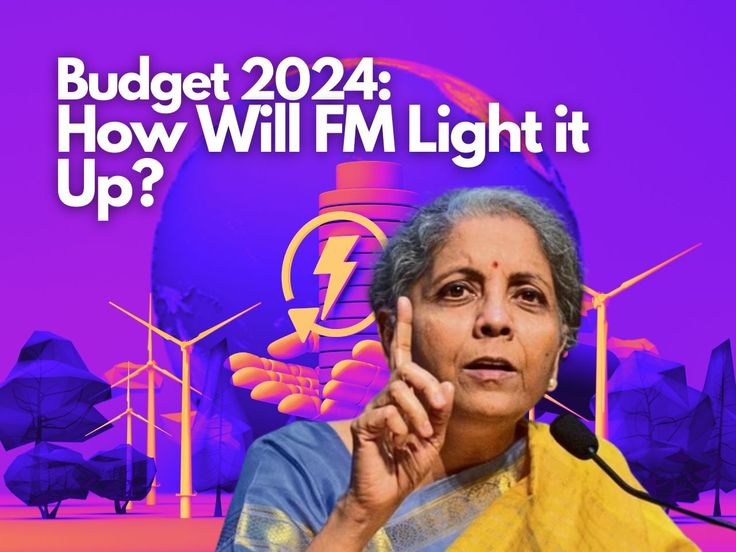How Government Policies Lighten the Load for Solar Investors?

How Government Policies Lighten the Load for Solar Investors?
Because of its geographic location, India gets a lot of tropical sunshine all year round from all directions. Building a solar rooftop system allows people to produce their energy and utilize it any way they like. This energy is suitable for industrial, commercial, and home applications. Since solar energy may reduce a user’s carbon footprint, it is environmentally benign.
As of November 30, 2023, India’s total installed capacity for solar electricity was 72.31 GWAC. Nearly 20.7 billion US dollars in foreign funds were spent in solar power projects in India between 2010 and 2019. India intends to release 40 GW of bids for solar and hybrid plants in FY2023–2024. To provide land for solar project promoters, India has created around 42 solar parks.
Benefits of Government-Sponsored Solar Energy Initiatives
Government-backed solar energy initiatives are a useful tool for encouraging the use of solar energy since they offer several benefits. First of all, solar energy may become more accessible through government-sponsored projects.
Second, government-backed solar energy projects could promote employment expansion and economic growth. Building infrastructure for solar energy requires the expertise of professionals such as engineers and installers. The growth of the solar energy industry may strengthen regional economies and create new job opportunities.
Thirdly, government-backed solar energy programs can reduce dependency on traditional energy sources. Reduced emissions of greenhouse gases and environmental damage from traditional energy sources may be reduced by using solar energy, a clean, renewable energy source. (Government Policies Lighten the Load for Solar Investors, Government Policies Lighten the Load for Solar Investors)
Numerous initiatives presented by the government
The Indian government has developed several solar panels plans to supply businesses that are fostering expansion. (Government Policies Lighten the Load for Solar Investors, Government Policies Lighten the Load for Solar Investors)
- Under PLI (Tranche-I), an integrated output of 8737 MW has been created, and under Tranche-II, 11 businesses have been given the responsibility of producing 39,600 MW of domestic solar PV modules. This has resulted in an investment of INR 93041 Cr and the creation of over 1 lakh direct and indirect employment.
- The Solar Park Scheme is a crucial effort that demonstrates India’s dedication to solar energy. Its goal is to create 50 Solar Parks with a combined capacity of around 38 GW by 2025–2026, each measuring 500 MW or more. They play a key role in realizing economies of scale, which lower the cost and increase the accessibility of solar energy. 11 Solar Parks with a total capacity of 8521 MW have been constructed under this program thus far, while 7 Solar Parks with an installed capacity of 3985 MW have been partially finished. 10,237 MW of solar installations in total have been constructed in these parks.
- Government programs like the Production Linked Incentive (PLI) program for battery chemistry will support future expansion in the renewable energy industry. The percentage of large hydro and renewable energy in India’s power output is predicted to increase from 23% in FY23 to roughly 40% by FY30, owing to the anticipated increase in renewable energy capacity over the following six years.
- The government has granted manufacturers a temporary reprieve by suspending the ALMM requirement until March 31, 2024, which allows them to utilize more affordable Chinese modules. The ALMM, which was first implemented to promote local manufacturing, now lists over 83 Indian enterprises with a combined production capacity of over 21 GW.
- The agricultural industry in India is changing as a result of programs like PM-KUSUM, which aims to add 30.8 GW of solar energy capacity by March 2026. These projects include the construction of decentralized solar power plants and the replacement of agriculture diesel pumps with solar agriculture water pumps. Utilizing locally produced solar modules with locally produced solar cells, motor pump set, controller, and system balance is required by the scheme requirements.

India Vision 2030: Enlightened by Innovations
India’s 2030 goal is a patchwork of power in renewable energy and an intense focus on green growth to combat climate change and facilitate the energy transition. Following the announcement of the Panchamrit Policy at COP26, India established the following unwavering goals to lead the way in the renewable energy revolution:
- By 2030, it hopes to have 500 GW of renewable energy capacity
- Fulfill 50% of its energy needs from renewable sources
- Reduce its estimated carbon emissions by one billion tons by the same year
- Achieve net zero carbon position by 2070.

Conclusion
Not only are there plenty of chances for investors as India moves closer to its ambitious solar ambitions, but they also provide a means of joining India’s solar success story. The options include funding solar energy projects and assisting with industrial endeavors. Investors may easily traverse the solar environment with the backing of the government and a strong policy framework. India’s solar journey is an opportunity for investors to become partners in a cleaner, more promising future as well as a path of progress. (Government Policies Lighten the Load for Solar Investors, Government Policies Lighten the Load for Solar Investors)
You may get in touch with Variate Solar, one of the best solar companies, to know more about solar energy and if you need any help. We will be happy to help you with your plans. So, contact to know more.







